Ginger (Zingiber officinale) is one of the most popular and widely used spices in the world. Prized for its unique aroma, pungent flavor, and medicinal properties, ginger is a cornerstone in both traditional cuisines and herbal medicine. Whether used to add a kick to curries, brewed into a calming tea, or processed for essential oils and extracts, ginger plays an indispensable role in global food and wellness culture.
But behind the growing global demand lies a fierce competition among nations. So, which country tops the chart as the largest ginger producer in the world? The answer: India—by a wide margin.
A Global Snapshot of Ginger Production
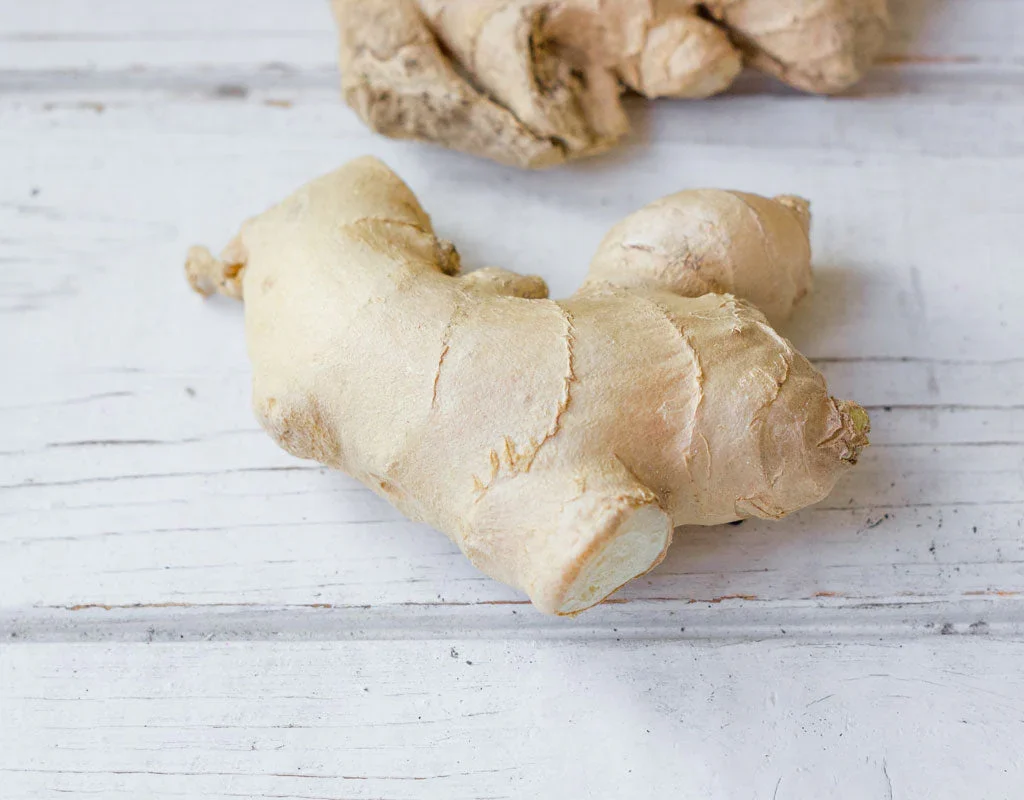
Ginger is grown across tropical and subtropical regions worldwide. The plant thrives in warm, humid climates with rich, loamy soil and good drainage. The global production of ginger has seen consistent growth in the past two decades, fueled by increasing demand in both culinary and medicinal sectors.
According to the Food and Agriculture Organization (FAO), the global production of ginger exceeds 4 million metric tons annually, and India alone accounts for over 40% of this total. Other major producers include Nigeria, China, Nepal, Indonesia, and Thailand.
India: The Global Giant in Ginger Production
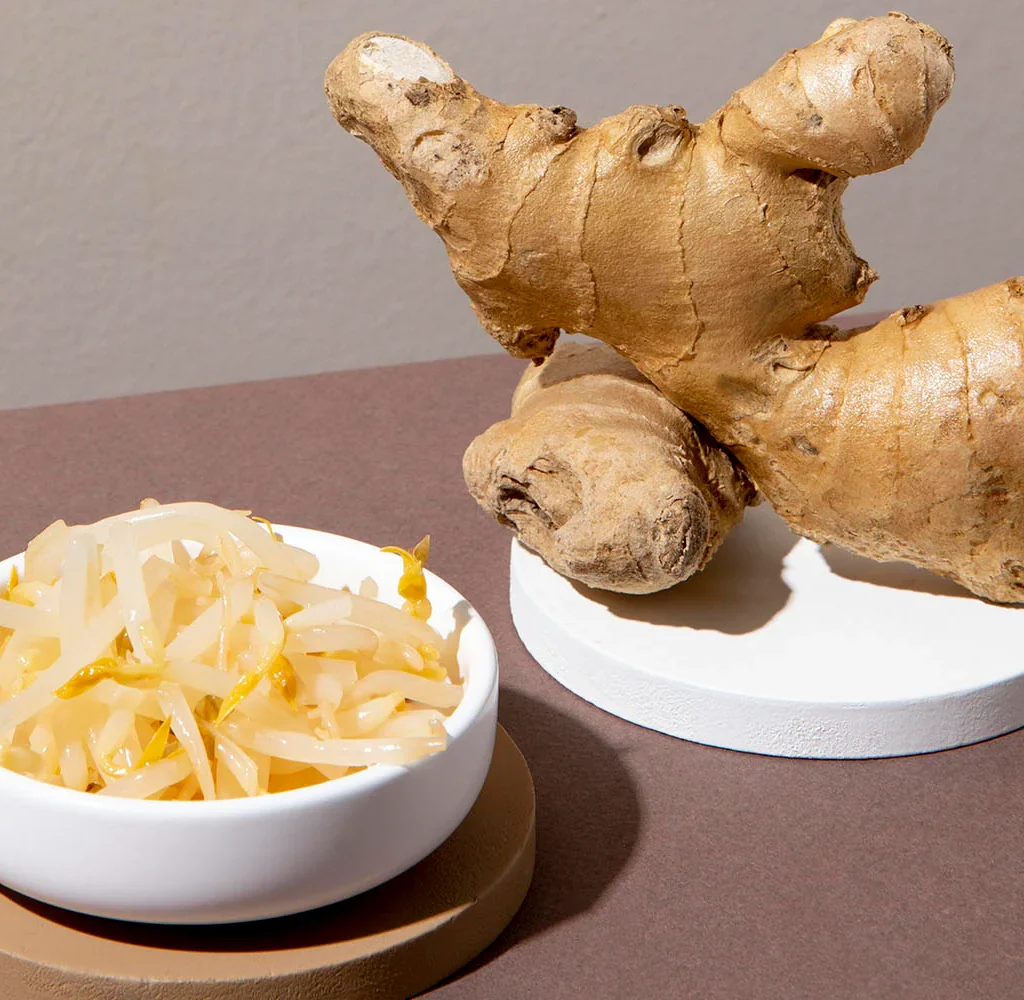
1. Leading the World
India holds the title of the largest ginger producer in the world, with an annual production of over 1.8 million metric tons. This makes India not only a leading cultivator but also one of the largest consumers and exporters of ginger globally.
2. Key Producing States
Ginger cultivation in India is spread across several states, with the following being the most significant:
- Karnataka
- Assam
- Maharashtra
- Odisha
- Kerala
- Meghalaya
Karnataka alone contributes nearly 40% of the country’s total output. The Western Ghats region and the northeastern states are ideal for ginger farming due to their favorable climatic conditions.
3. Favorable Conditions for Growth
India’s dominance is supported by:
- Climatic Diversity: Varied climatic zones across the country allow year-round cultivation.
- Rich Agricultural Tradition: Ginger farming is deeply rooted in traditional farming practices, often supported by government training programs.
- Research and Development: Agricultural universities and the Indian Council of Agricultural Research (ICAR) play a crucial role in developing high-yield, disease-resistant varieties.
4. Varieties Grown in India
India cultivates several varieties of ginger, including:
- Nadia (Odisha) – High yielding and widely cultivated
- Rio-de-Janeiro (Kerala) – Export-grade quality
- Maran (Tamil Nadu) – Known for high pungency
- China (Mizoram) – Introduced for higher productivity
Top 10 Ginger Producing Countries in the World (Latest Data)
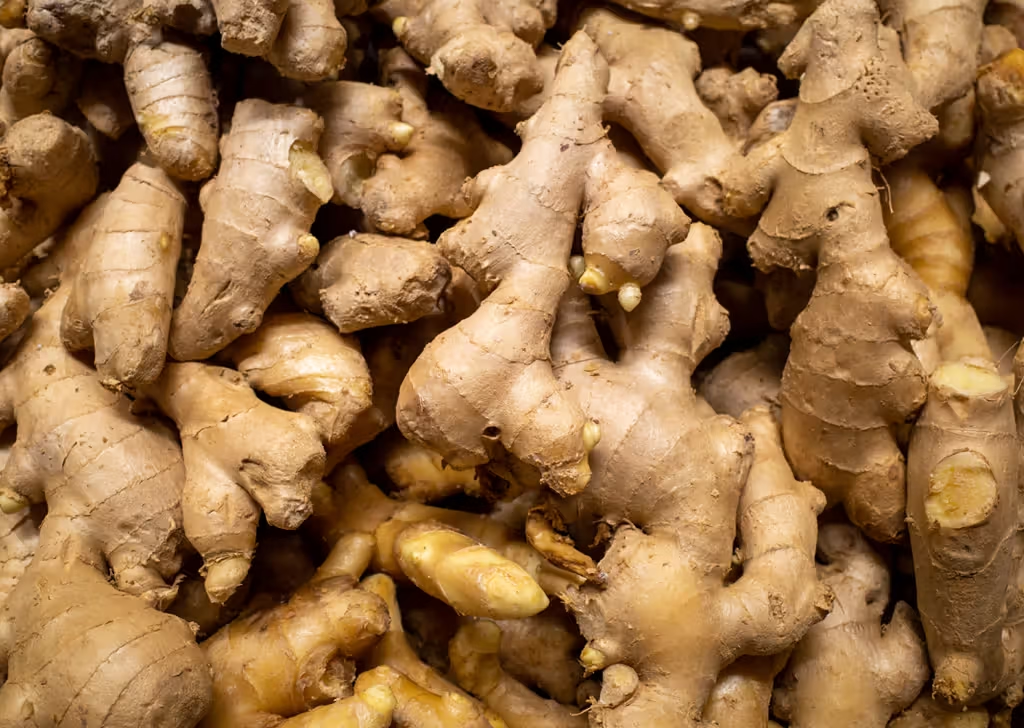
| Rank | Country | Annual Production (Metric Tons) |
|---|---|---|
| 1 | India | ~1.8 million |
| 2 | Nigeria | ~800,000 |
| 3 | China | ~600,000 |
| 4 | Nepal | ~300,000 |
| 5 | Indonesia | ~170,000 |
| 6 | Thailand | ~160,000 |
| 7 | Bangladesh | ~150,000 |
| 8 | Philippines | ~130,000 |
| 9 | Ethiopia | ~100,000 |
| 10 | Myanmar | ~90,000 |
These figures may vary slightly year to year based on climate, cultivation practices, and export demands.
India’s Ginger Export Landscape
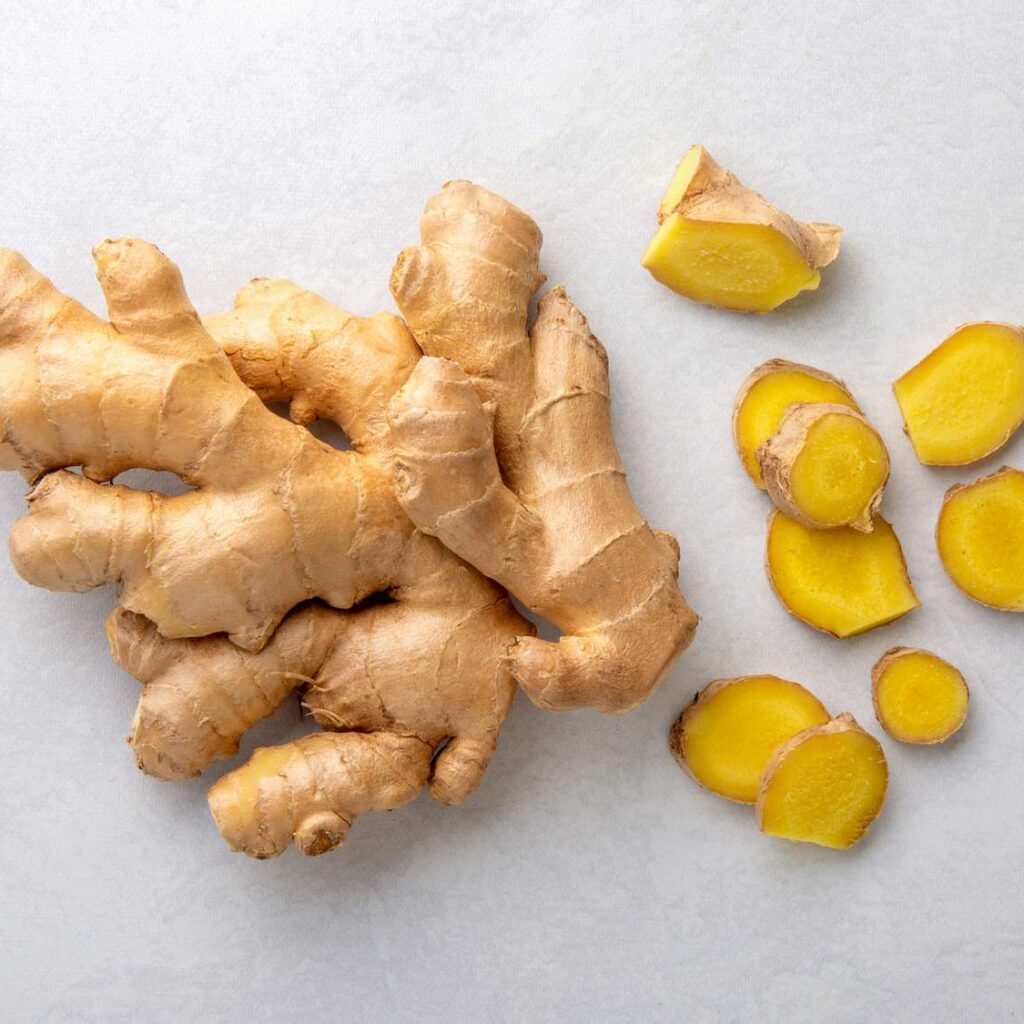
India is not just a major producer but also a significant exporter of ginger, especially in its dried, powdered, and oil forms.
Major Export Destinations:
- Bangladesh
- United States
- Morocco
- United Arab Emirates
- Saudi Arabia
- Japan
While fresh ginger exports have fluctuated, India’s dried ginger and ginger oil remain in steady demand due to their superior quality and intense flavor.
Export Challenges:
Despite its scale, India faces some challenges in the export market:
- Inconsistent Quality Control: Small-scale farmers sometimes lack access to post-harvest technology.
- Logistics and Packaging: Modern packaging and cold-chain transport are still limited in rural areas.
- Global Competition: Other countries like Nigeria and China are rapidly improving quality to penetrate Indian-dominated markets.
Nigeria: The Fastest Growing Competitor
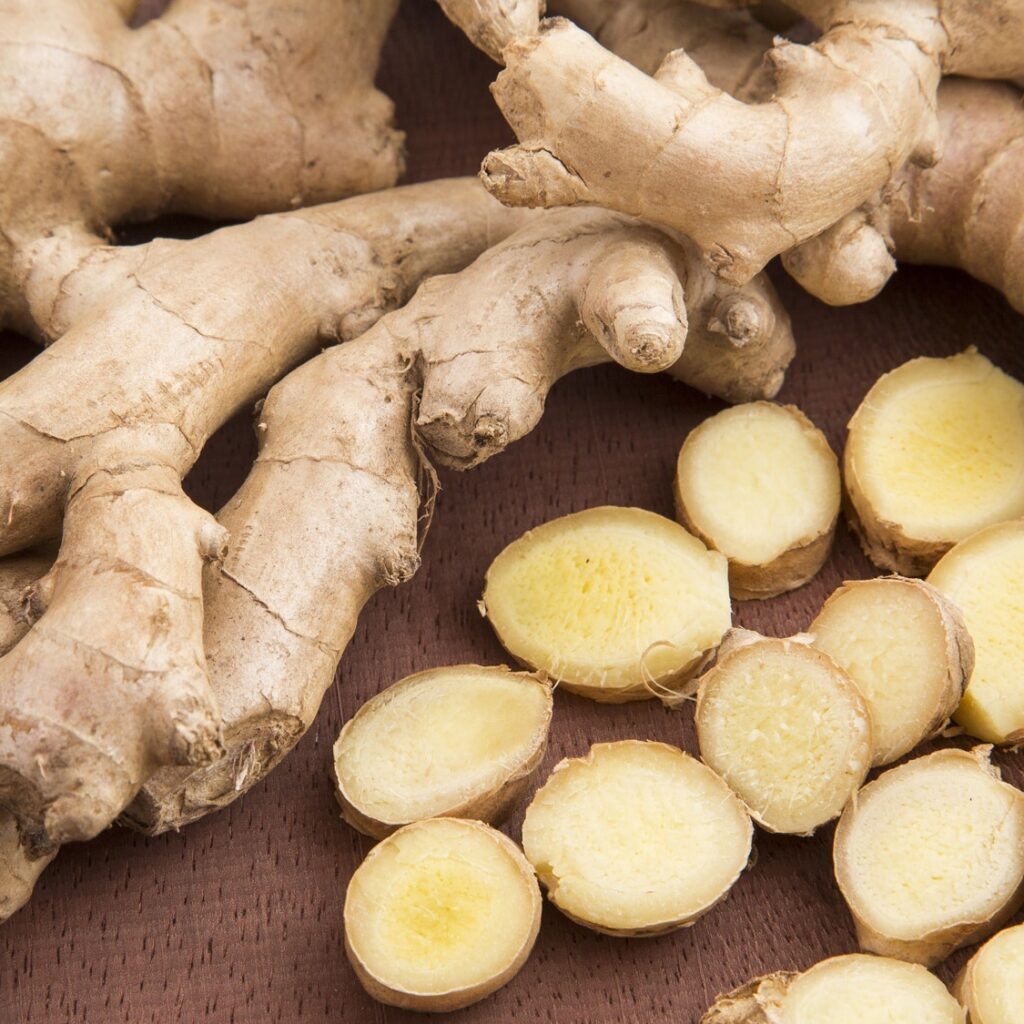
Nigeria ranks second in global ginger production. The country has made significant investments in expanding its agricultural sector, especially ginger farming in states like Kaduna, Gombe, and Nassarawa.
With over 800,000 metric tons of production, Nigeria is quickly catching up. In fact, its export-focused strategy has started challenging India’s dominance, particularly in African and Middle Eastern markets.
China: From Production to Processing Power
China, long known for its agricultural innovation, ranks third in ginger production. The country focuses heavily on value-added processing. Chinese ginger is often exported as:
- Pickled ginger
- Ginger tea
- Ginger extract and oil
China has a robust domestic market but also exports heavily to Japan, Europe, and North America.
Ginger in Traditional Medicine and Wellness
Ginger’s popularity is not just limited to cooking. It holds a revered place in traditional medicine systems:
- Ayurveda (India): Used as a digestive aid, anti-inflammatory, and immunity booster.
- Traditional Chinese Medicine: Prescribed for colds, nausea, and circulation.
- Modern Wellness: Found in teas, detox drinks, supplements, and essential oils.
This medicinal relevance has driven demand for organic and high-quality ginger across wellness-focused markets in Europe, the U.S., and Southeast Asia.
Challenges in Ginger Cultivation
Despite its popularity, ginger cultivation is not without hurdles:
1. Rhizome Rot and Pests
Ginger is prone to rhizome rot, a fungal disease that can wipe out entire crops. Pests like shoot borers also reduce yield significantly.
2. Soil Nutrient Depletion
Being a nutrient-heavy crop, ginger quickly depletes soil fertility. Crop rotation and organic manure application are essential.
3. Market Fluctuation
Prices for ginger can be highly volatile, affected by weather patterns, demand surges, and export policy changes.
Sustainable Future and Technological Advances
India is actively working to overcome these challenges through:
- Improved seed varieties by agricultural research centers.
- Sustainable farming training for rural farmers.
- Agri-tech apps and platforms that provide real-time pricing, weather forecasts, and pest control tips.
- Organic certification for smallholder farms to increase exports to premium markets.
There is also a growing trend toward greenhouse ginger cultivation and vertical farming, especially near urban centers.
Conclusion
Ginger continues to hold a vital place in the global food and health industries. With demand rising year after year, producing nations are in a constant race to improve quality, yield, and supply chain infrastructure.
At the forefront of this race is India, the undisputed largest ginger producer in the world. Backed by diverse climates, traditional knowledge, modern agricultural practices, and an increasing export presence, India’s leadership in the ginger sector looks secure for the foreseeable future.
However, with growing competition from Nigeria and advancements in China’s agro-processing sector, the dynamics of global ginger production are sure to evolve. In this ever-spicy competition, innovation, sustainability, and strategic policy will determine the next big leader in ginger production.

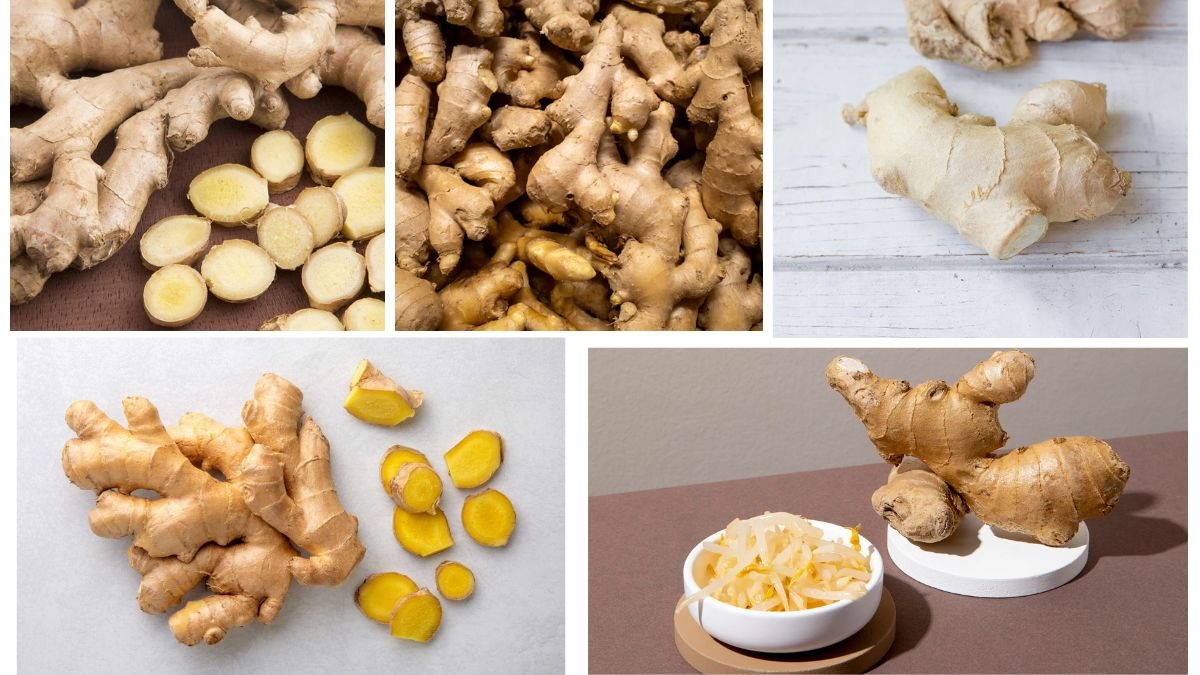



Leave A Comment